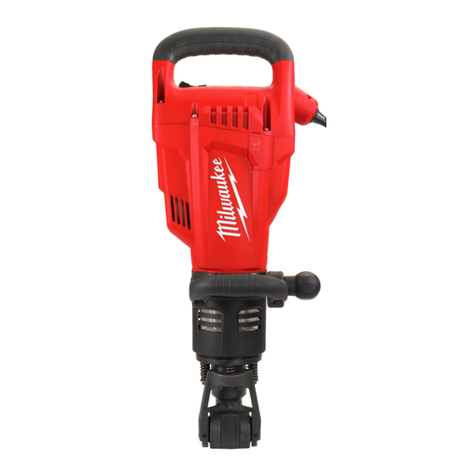Milwaukee M12 JS User manual
Other Milwaukee Tools manuals
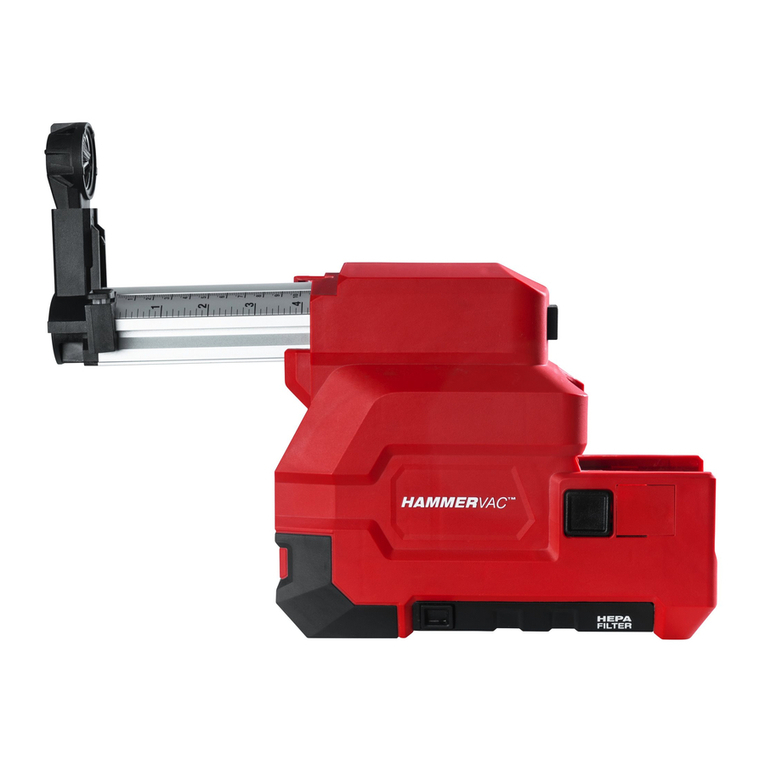
Milwaukee
Milwaukee M18 User manual
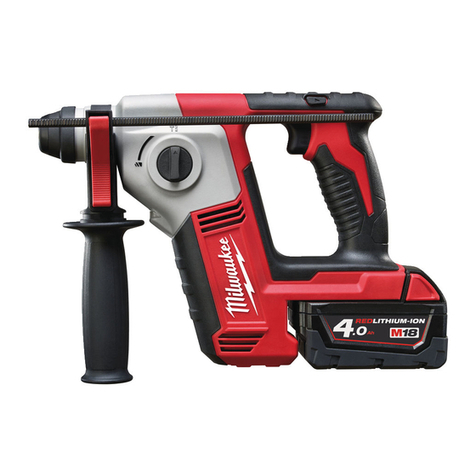
Milwaukee
Milwaukee M18 BH User manual

Milwaukee
Milwaukee M18 FPT114 User manual
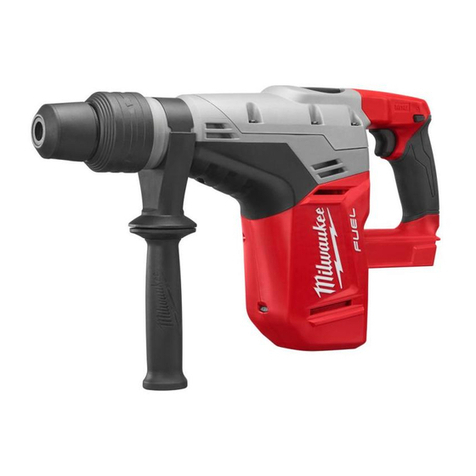
Milwaukee
Milwaukee M18 CHM User manual

Milwaukee
Milwaukee M18 FORCELOGIC 2773-20L User manual

Milwaukee
Milwaukee 49-16-2774 User manual

Milwaukee
Milwaukee M18BLHPT-0 User manual

Milwaukee
Milwaukee 48-35-1511 User manual

Milwaukee
Milwaukee TRAPSNAKE 2574 SERIES User manual

Milwaukee
Milwaukee 316820 User manual

Milwaukee
Milwaukee HEAVY DUTY M12 FTB User manual

Milwaukee
Milwaukee M18 FTR8 User manual

Milwaukee
Milwaukee M12 BPRT User manual
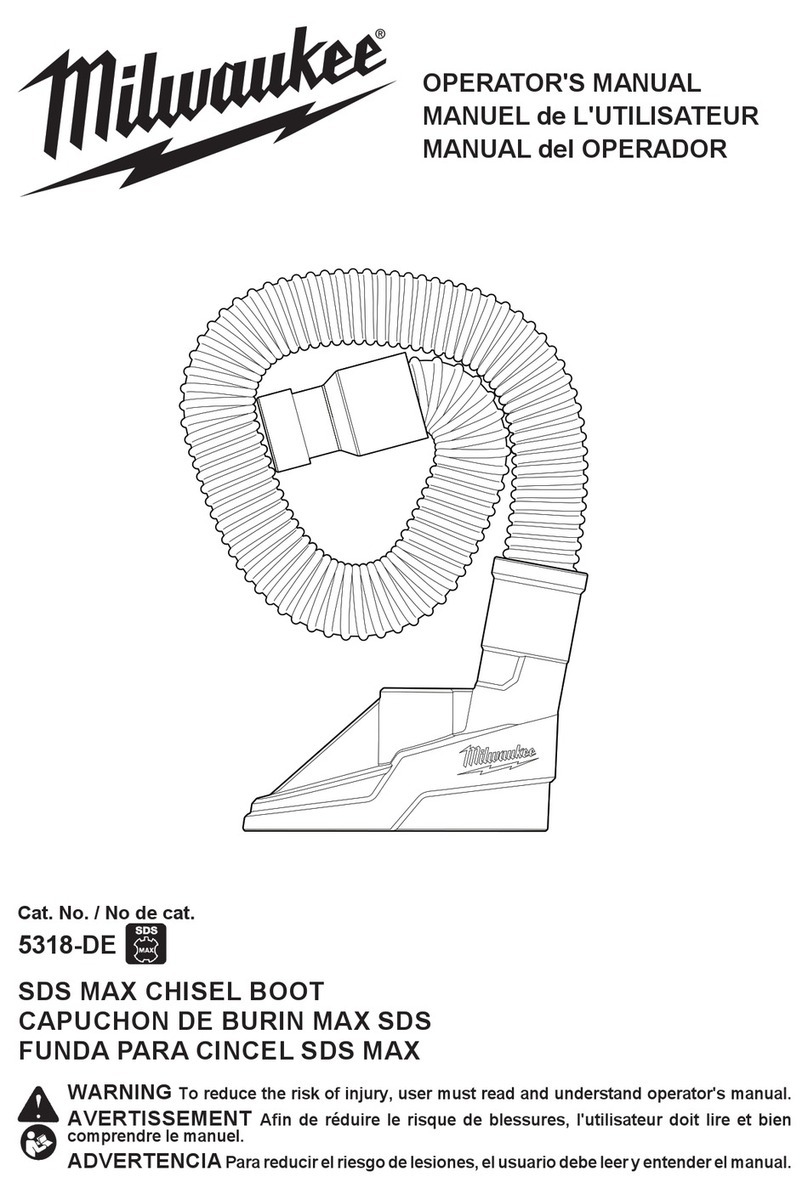
Milwaukee
Milwaukee 5318-DE User manual
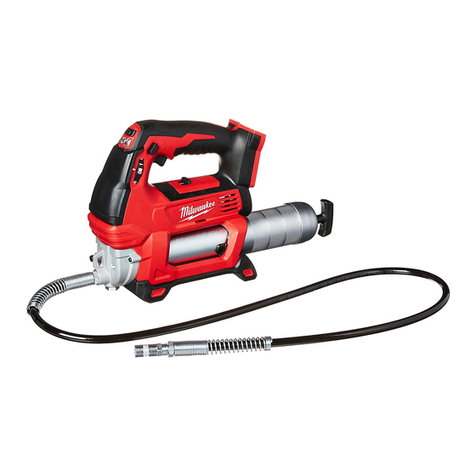
Milwaukee
Milwaukee M18 2646-20 User manual
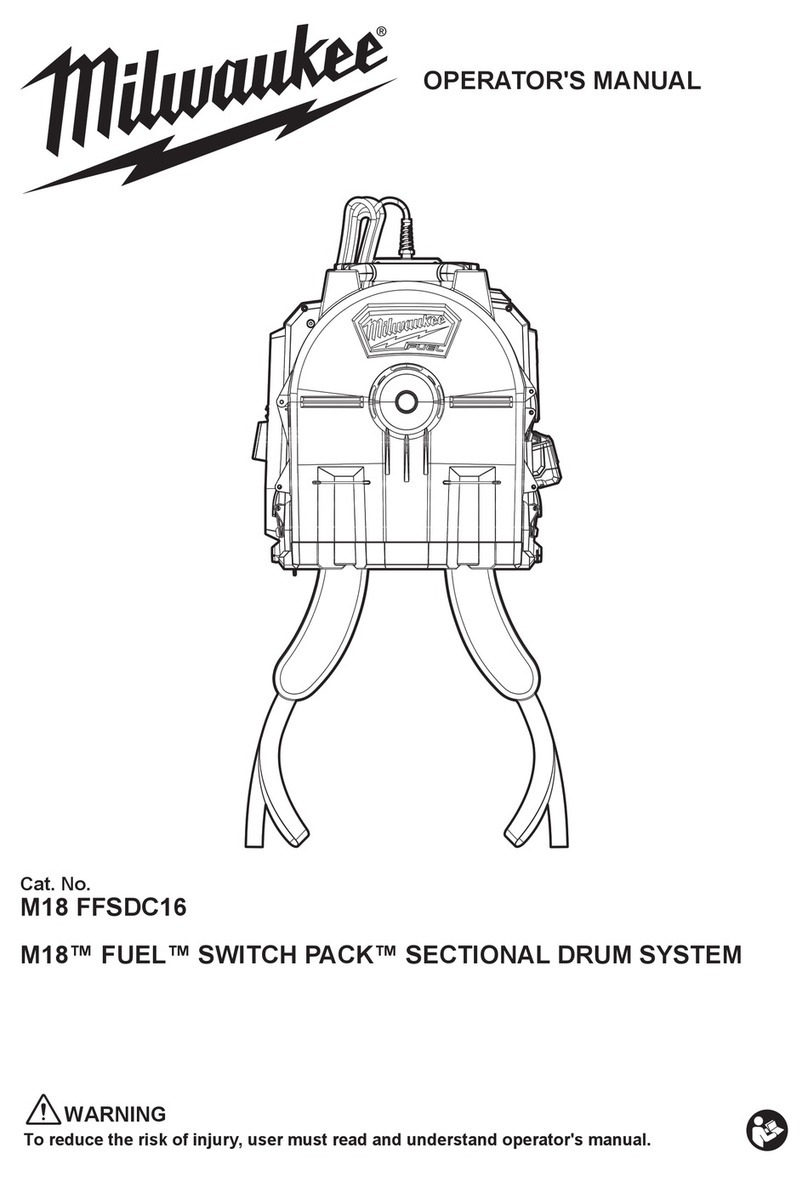
Milwaukee
Milwaukee M18 FFSDC16 User manual
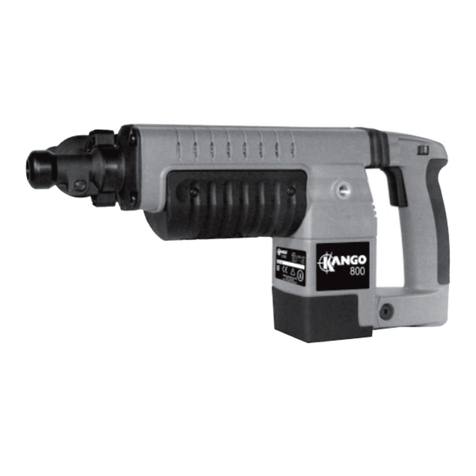
Milwaukee
Milwaukee Kango 800S Operating instructions
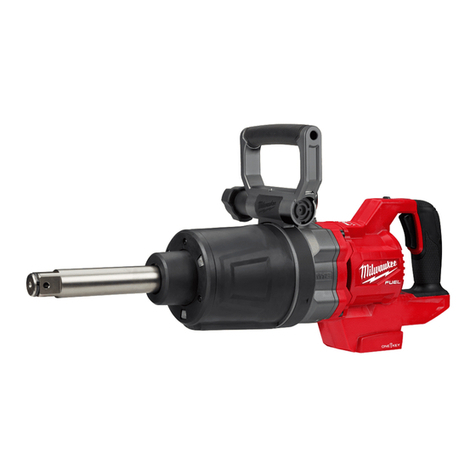
Milwaukee
Milwaukee M18 ONEFHIWF1D User manual

Milwaukee
Milwaukee 5337-20 User manual
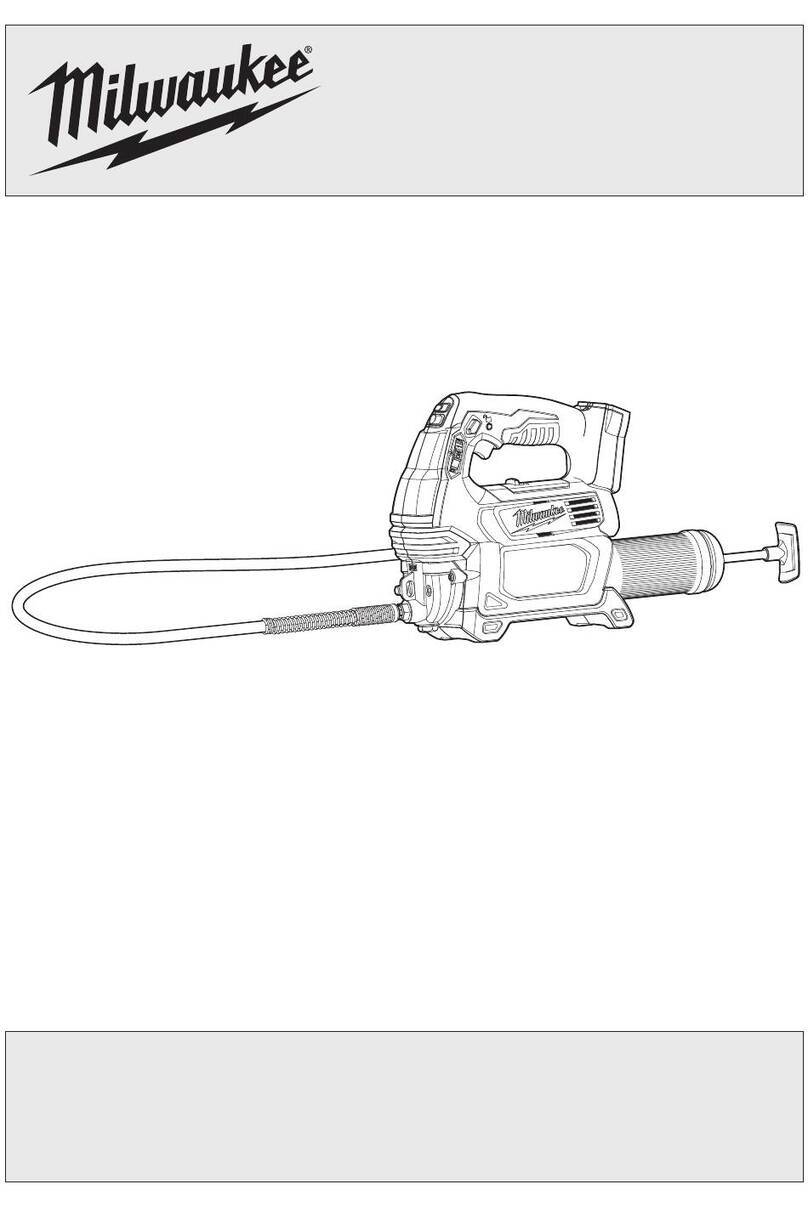
Milwaukee
Milwaukee M18 GG User manual



